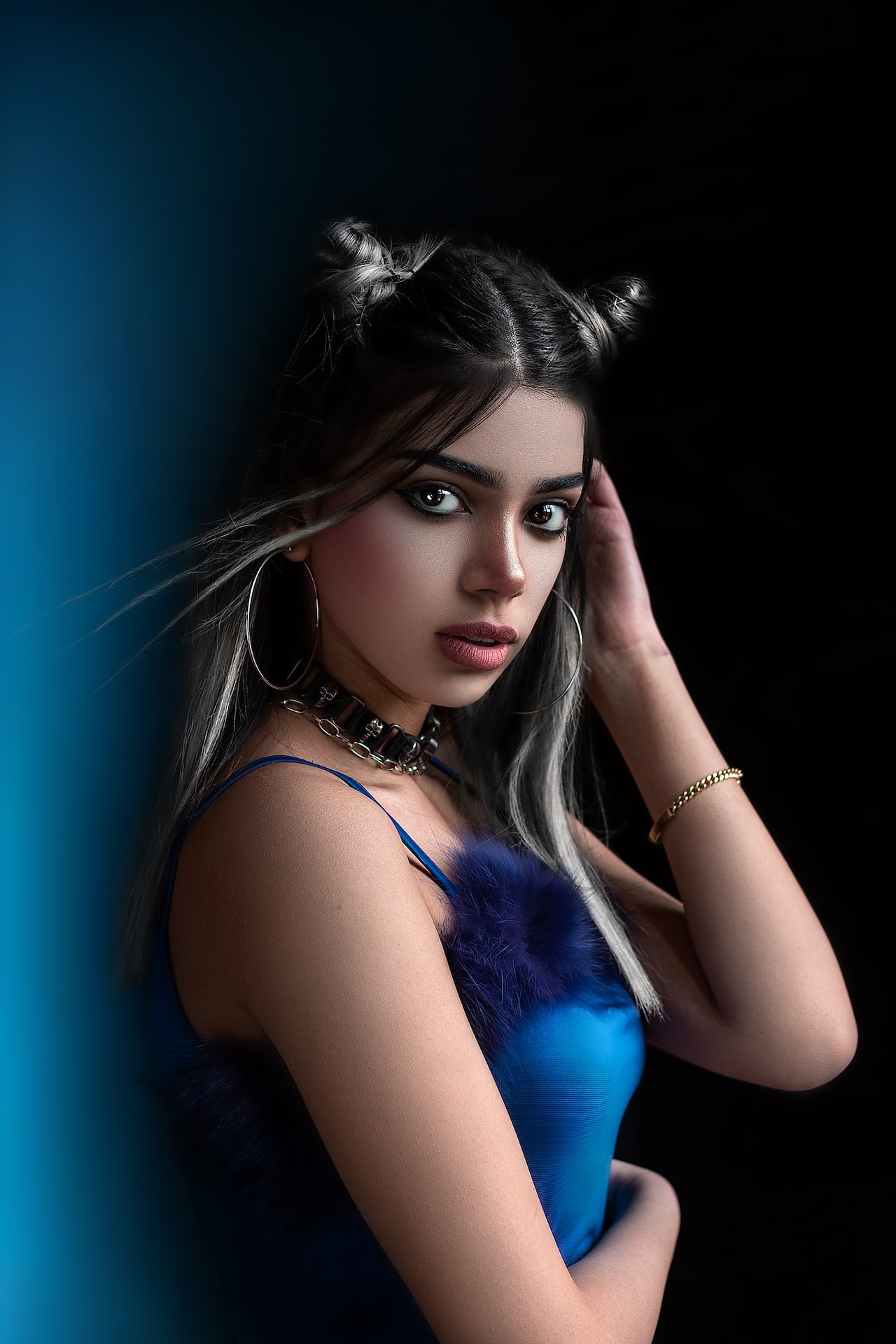
Shading is an essential technique in art and design that helps to create depth, form, and realism in drawings and paintings. There are various types of shading techniques, each with its own characteristics and applications. In this article, we will explore the seven most commonly used shading techniques.
1. Hatching
Hatching is a shading technique where parallel lines are used to create value and form. The lines are drawn closely together and can be straight, curved, or angled. Hatching can be used to add texture and tone to a drawing and create the illusion of light and shadow.
2. Cross-Hatching
Cross-hatching is similar to hatching, but instead of parallel lines, multiple layers of lines are used to create darker values and a sense of depth. By crossing the lines in different directions, cross-hatching can achieve a more complex shading effect and enhance the three-dimensionality of the drawing.
3. Stippling
Stippling is a shading technique that involves creating patterns or textures using small dots. By varying the density, size, and arrangement of the dots, artists can achieve different values and tones. Stippling requires patience and precision but can create incredibly detailed and realistic shading effects.
4. Smudging
Smudging entails using a tool to blend and soften the edges of the drawn lines, creating a smooth transition between light and shadow. This technique is often used with charcoal or graphite pencils, and it allows artists to achieve a more subtle and atmospheric shading effect.
5. Blending
Blending involves using a tool, such as a blending stump or a brush, to smoothen and merge the different shades and tones in a drawing. This technique is commonly used with colored pencils, pastels, or oil paints and helps to create a seamless transition between colors and values.
6. Contour Shading
Contour shading is a technique that follows the natural contours and forms of an object, enhancing its three-dimensional appearance. By closely studying the light source and the object’s shape, artists can create shading that accentuates its form and gives it a sense of volume.
7. Gradient Shading
Gradient shading involves smoothly transitioning from one shade to another, creating a gradient effect. This technique is often used in digital art or airbrushing and can be used to create smooth and gradated shading effects.
Conclusion
Mastering the art of shading is crucial for any artist or designer looking to create realistic and visually appealing drawings and paintings. By understanding and practicing these seven shading techniques – hatching, cross-hatching, stippling, smudging, blending, contour shading, and gradient shading – artists can add depth, value, and dimension to their artwork.


